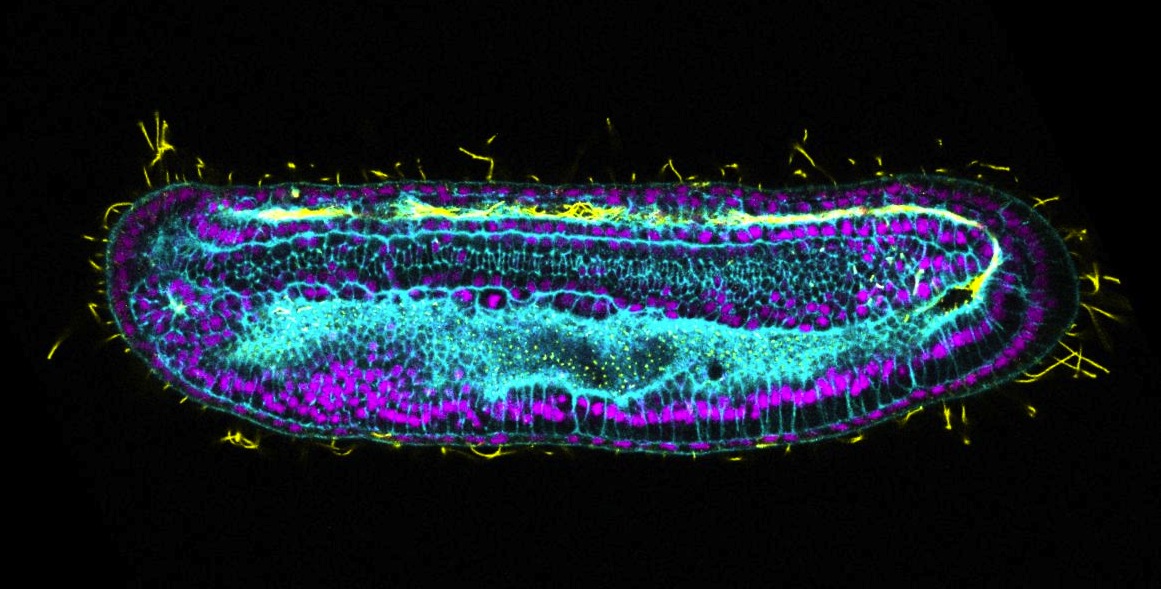Understanding developmental mechanisms is key to understanding regeneration. However, studying development within an evolutionary or comparative context provides clues about the plasticity of mechanisms that generated the diversity in morphologies we see today. We use amphioxus as a proxy for the chordate ancestor due to its sister relationship to the clade containing vertebrates and ascidians, and because it has comparatively more simple genome organisation and anatomy. We are particularly interested in understanding the coordinated regulation of signalling pathways like Wnt and BMP in amphioxus tailbud formation, and how this differs from vertebrate models like zebrafish. Our tools include immunohistochemistry, in situ hybridisation and pharmacological treatment of embryos to disrupt signalling in key developmental windows.


